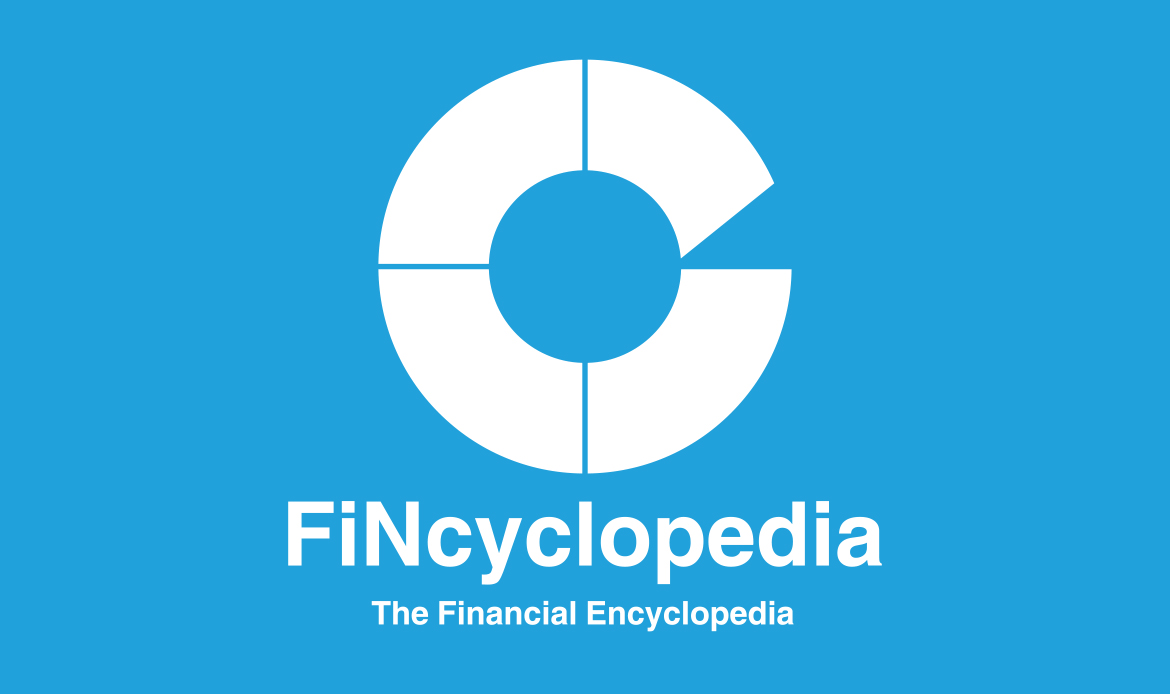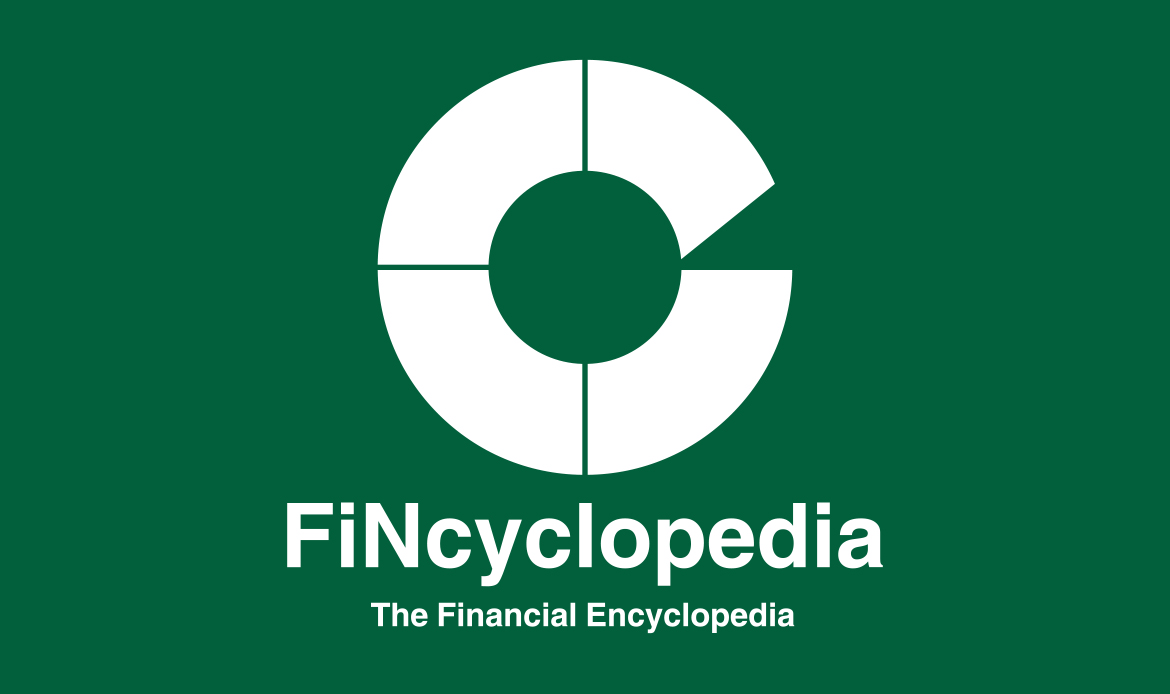Instruments or investments or holdings that are not equity, per se, but bear similarity to equity instruments/ investments/ holdings or can be converted into equity. This equity is mobilized on a profit-sharing basis or participation basis (musharakah) and has the characteristics of both equity and debt (liability), in addition to specific features relating to limited liability status to the benefit of the fund recipient.
The equity characteristics imply that in case of loss resulting from negligence, misconduct or breach to contractual terms and conditions, the fund recipient is under no obligation to return the funds to the fund providers (here the fund providers are only entitled to a residual interest in the underlying assets). The debt characteristics mean that the capital is associated with a maturity date or a put option of redemption allowing the fund recipient to redeem.
Contrary to equity, quasi-equity is term financing. Examples include convertible sukuk, URIA, diminishing musharakah (declining participation), reserves attributable to quasi equity holders, etc.
Quasi-equity is also known as redeemable capital.



